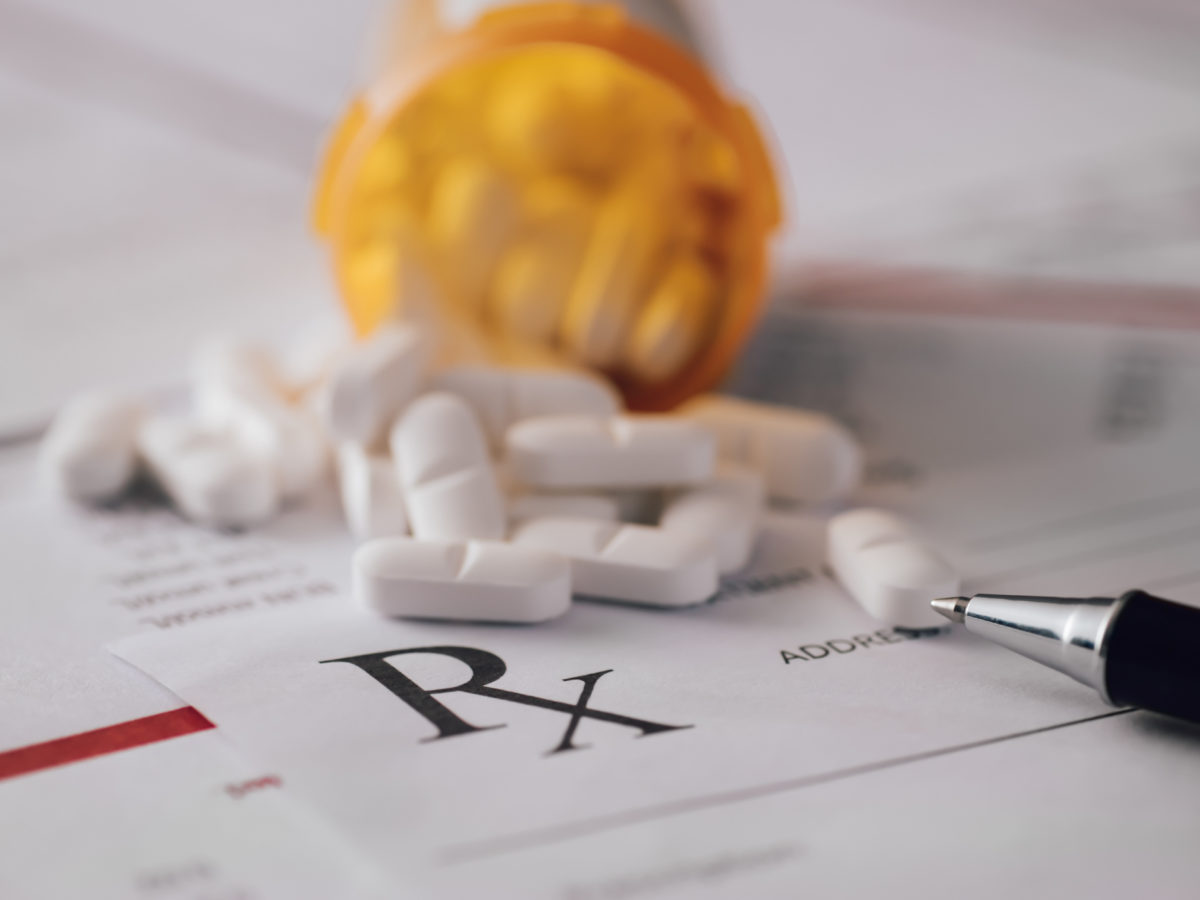Last month, I was pleased to speak at the Institute for Health Policy forum that delved into a critical topic in the drug pricing dialogue: drug value. When I arrived in Washington, D.C., I was struck by how far we’ve come in the national conversation on drug pricing in just one year.
I participated in the Institute’s 2018 forum where our primary goal was to sound the alarm on high drug pricing. A little over a year later, we were able to go deep on topics about drug value: How to define and assess drug value, how to pay for drugs based on their value, and how to affect change through public policy. What a difference a year makes.
After hearing from experts, industry leaders, and other researchers like myself, I left the forum with some clarity — and some more questions — about what we need to advance the drug value conversation.
Why are we talking about drug value?

The prices of consumer products are not always reflective of the total value they deliver to individuals and society — that’s true whether you are buying a cell phone or consuming clean water. Due to many market failures, we shouldn’t presume that the prices we pay for medical care are equivalent to the total value this care delivers.
As one participant in the room pointed out, when a surgeon saves a person’s life, we don’t pay him based on the value of the remaining years of the life he saved, and any proposal to do so would be laughable. But isn’t that, in effect, what drug companies suggest when they ask more than a million dollars for a new therapy?
This is not to discount the fact that there are many drugs that deliver immense health benefits to patients and have positively affected our society in immeasurable ways. Sameer Awsare, MD, FACP, associate executive director of The Permanente Medical Group, used hepatitis C drugs as an example of drugs that clearly deliver immense clinical benefit. “The hepatitis C drugs that came out in the last few years … cure hepatitis C. Forget what they cost, but they are extremely effective, and that really gives us tremendous value,” he said.
But that’s not the case for many new drugs that are coming to market with high price tags and minimal clinical benefit.
We can’t measure what we don’t know
So how do we define and measure the value of a drug so that it can be priced and paid for accordingly?
The Institute for Clinical and Economic Review, known as ICER, has long been a critical player in collecting and examining the evidence needed to asses a drug’s clinical value (and Sarah Emond represented the organization’s framework brilliantly, as always).
But there are likely other data points that we’re not assessing when we talk about value — either because we’re simply not collecting them or because they’re not part of the current value framework. For example, how do we account for a drug’s ability to help a woman return to work after an illness? Or to continue to sustain her health and therefore provide for her family?
We also spend a lot of time thinking about the value of these drugs in isolation. In reality, many of these drugs are being used in addition to other types of medical care or have to be judged relative to the use of other types of treatment (such as surgery, hospital stays, or ongoing therapy). What, then, is the value of the drug itself, if its efficacy is dependent on other things?
Even if we waved a magic wand and agreed on how drug value should be defined, we still face the challenge of not always knowing what the true benefits of the drug are. This is particularly true now that so many new drugs approved for sale in the United States are based on accelerated review pathways and consequently very limited data on outcomes that are meaningful for patients and medical providers.

We also need to better understand the mismatch between a drug’s approved indication and how and among what populations those drugs are truly being used. Matt Eyles, president and CEO of America’s Health Insurance Plans, or AHIP, touched on this in his remarks, asking “When you translate medicine from going to the clinical trials into the real world,” he said, you find, “people who have multiple chronic conditions that don’t necessarily meet the profile of people that were in the clinical trial. What does that really mean for outcomes and how they perform in the real world?”
Filling in these data gaps is an important direction for collaboration between pharmaceutical companies, patient groups, and insurers, among other stakeholders, with the aim to better inform multidimensional measures of drug value.
Keeping our eyes on the goal
It’s clear that we’re at a critical inflection point in this national dialogue — there are bipartisan calls for reform from other stakeholders, patient groups, and health plans.
Reform, though, is easier said than done. It’s difficult in part because many of the players in the complex U.S. prescription drug ecosystem benefit from keeping prices of these drugs high. These players include pharmacy benefit managers, pharmacies, hospitals, and clinics. One meaningful change would be increased transparency all along the pharmaceutical supply chain. Improving data collection should help us find the answers to these tough questions about defining value.
Ultimately, we want efficient, affordable care in a system that drives toward the best value for the health of patients. We truly are in an exciting era of biomedical innovation, and we must foster an environment in which investments are made in drugs with clinically meaningful benefit and not in those with modest or no added benefit.
Identifying where our knowledge gaps lie and where we’re lacking evidence to make value assessments will be a pivotal part of this conversation moving forward.

